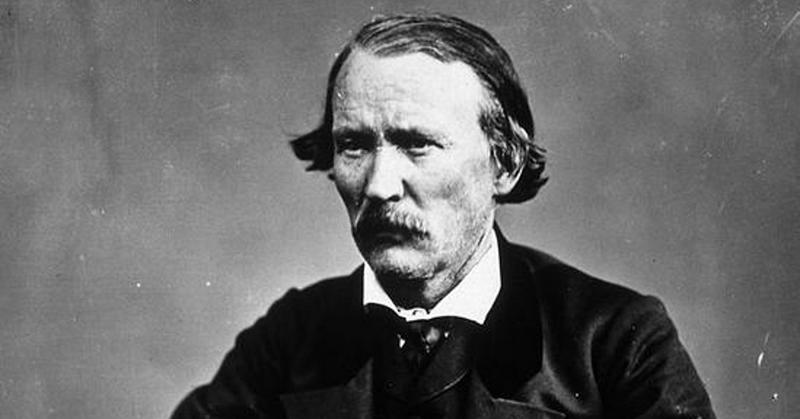Kit Carson: Hero Of The Old West
By | May 16, 2022

If you remember your grade school geography drills, you know the capital of Nevada is Carson City, but do you know why? It was named for Kit Carson, a trapper, hunter, and all-around frontiersman who found himself becoming a larger-than-life character in tales of the Wild West told back in the gray, industrial East.
On His Own At 16
Christopher "Kit" Carson was born on Christmas Eve 1809 in Kentucky but moved with his family to Boone's Lick, Missouri, the starting point of the Santa Fe Trail. He was only nine years old when his father died, and after his mother remarried, he clashed with his stepfather, so in 1826, he joined a merchant caravan heading west, settling in Taos, New Mexico. He supported himself with odd jobs as a cook, harness repairman, and errand boy while he honed his hunting and trapping skills, and by 19, he was on a fur-trapping expedition to California. His skills and bravery earned him the respect of his comrades, and he befriended many of the best-known frontiersmen and explorers of the time, including Tom "Broken Hand" Fitzpatrick, Jim Bridger, John C. Fremont, Dr. Marcus Whitman, and Lucien Maxwell, who would later become the owner of the largest land grant in New Mexico and Carson's brother-in-law.

Carson The Family Man
During this time, Carson lived off and on in the white man's world and with various Native tribes. In fact, his first wife was an Arapaho woman named Singing Grass, but she died giving birth to their second child. He next married a Cheyenne woman named Making-Out Road, but after she divorced him, he married Maria Josefa Jaramillo, a Hispanic woman from a well-to-do Taos family. They were together for 25 years, until her death, and had eight children. (Carson left his and Singing Grass's living child, Adaline, to be raised by nuns.)
Blazing A Trail
One of Carson's most notable achievements was guiding Fremont's expedition to scout and map the westward trails. His name was featured prominently in reports of the expedition that were sent back east to area newspapers, making him a national hero. Later, Carson served in the Mexican-American War of 1846 and became a key player in the conquest of California.

The Taos Revolt
Kit Carson was away from his Taos home in April 1847 when the Taos Revolt erupted, and his friend and brother-in-law, New Mexico Governor Charles Bent, was killed trying to protect his and Carson's family. After the revolt, a distraught Carson vowed to leave his expedition days behind him and started a farming and ranching operation with Maxwell.
Fighting The Navajo
Although Carson hoped to settle down, he was drawn into the growing conflict between the U.S. government and the indigenous population. After the Navajo people defied government orders to relocate to a designated reservation, Carson burned their crops and confiscated their livestock before leading them on the "Long Walk" from Arizona to Fort Sumner, New Mexico, a distance of more than 300 miles.
One Last Journey
In 1868, Carson met with the president and the Commissioner of Indian Affairs to convince them the U.S. government had a moral obligation to take better care of the Native American people. By the time Carson returned to his family, his health was failing, and after his wife died giving birth to their last child, he saw little reason to go on. Only a month later, he died of an aortic aneurysm at 58 years old.

